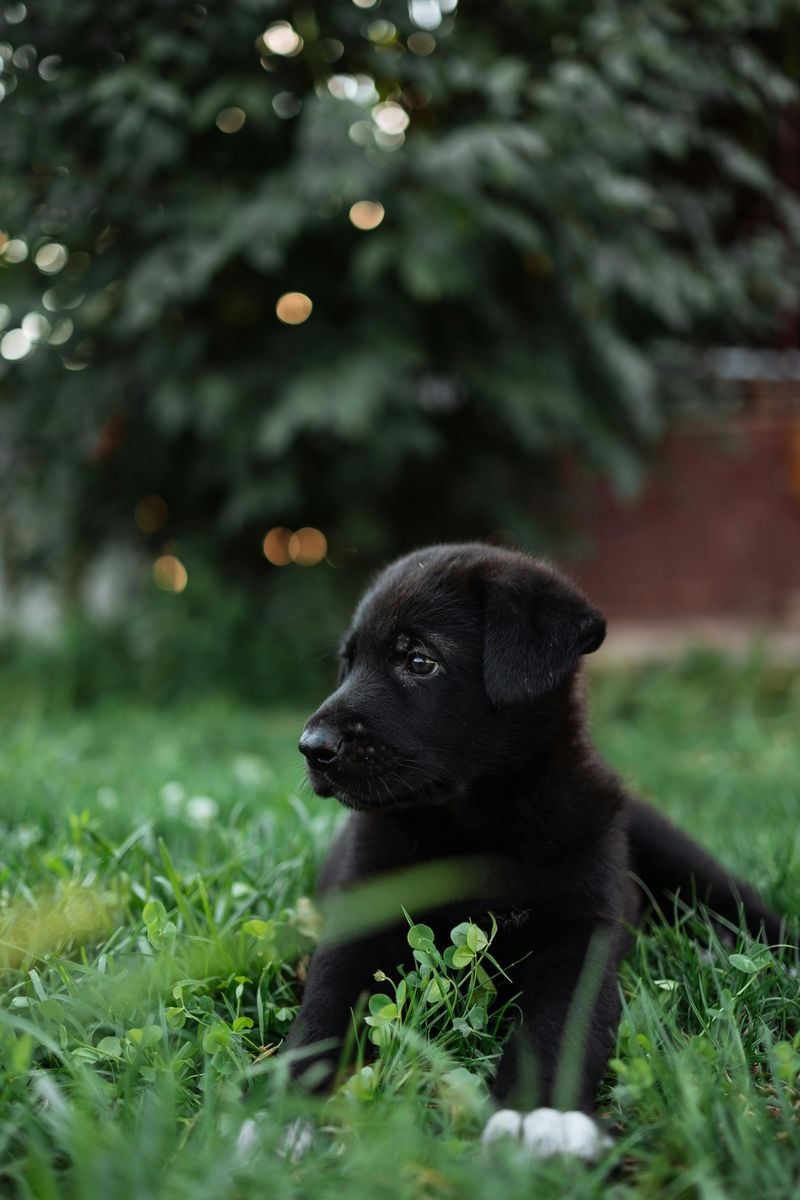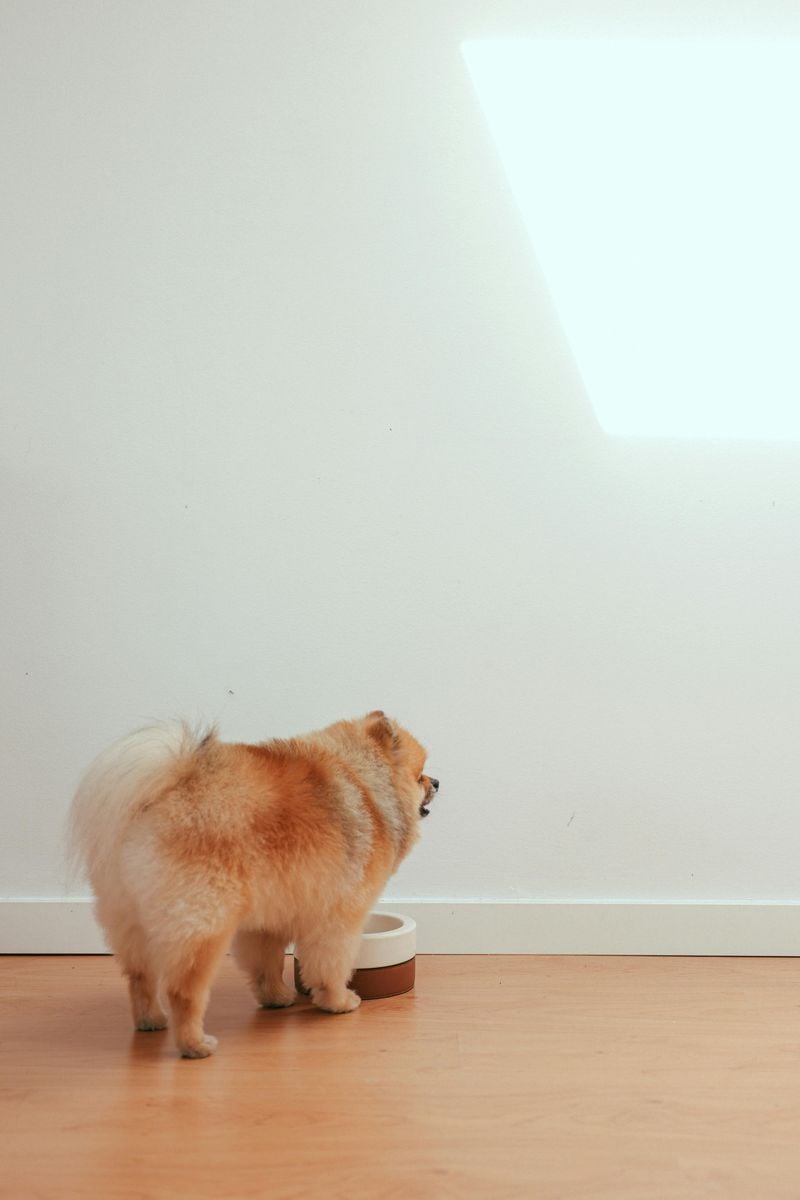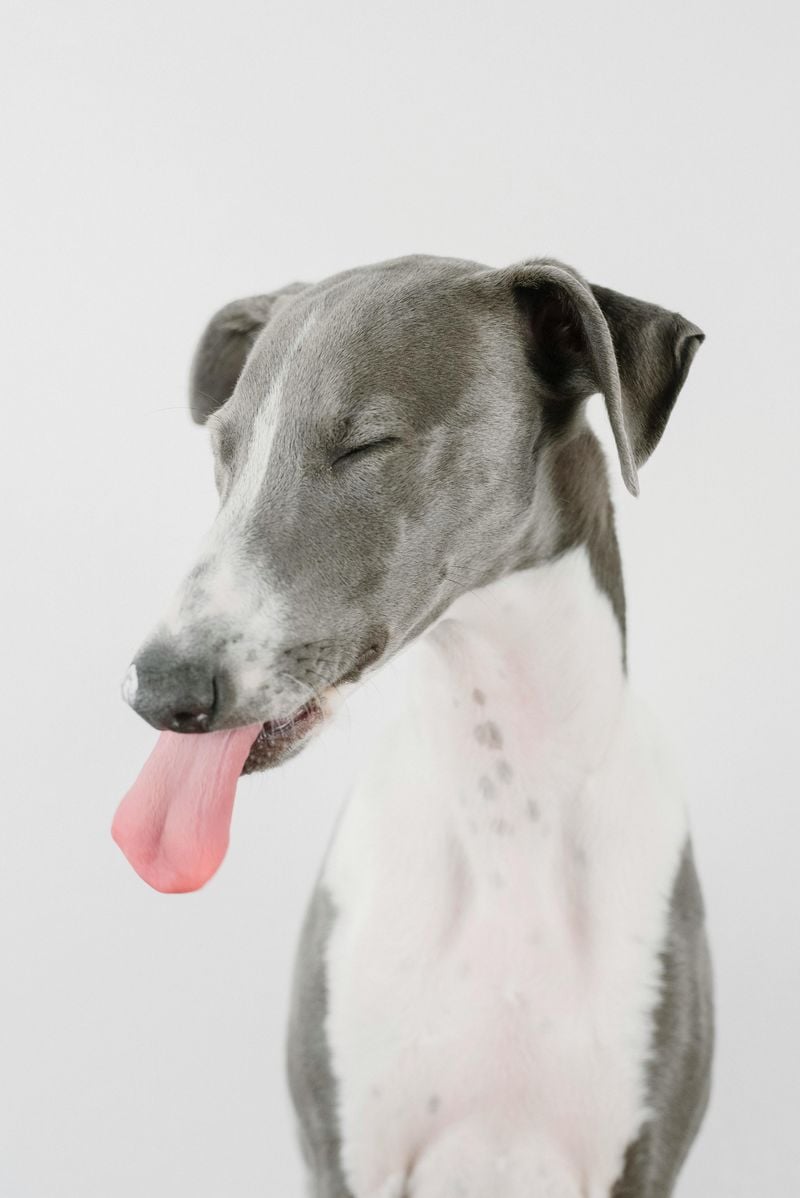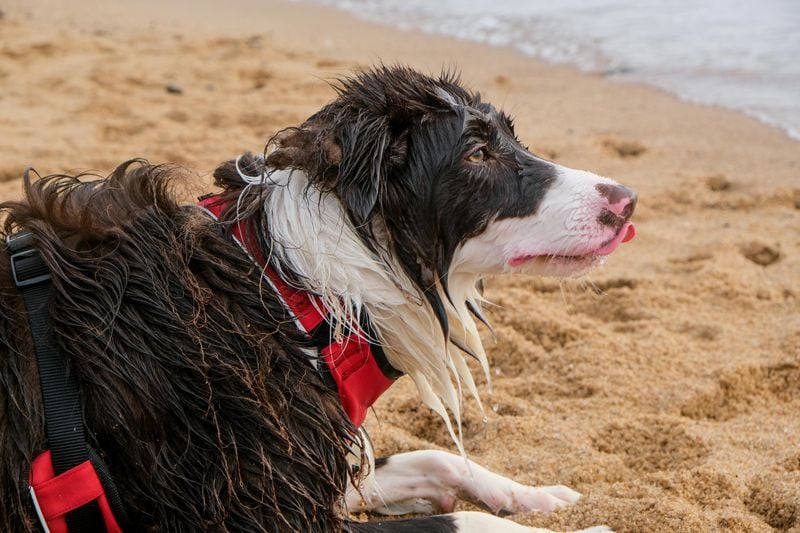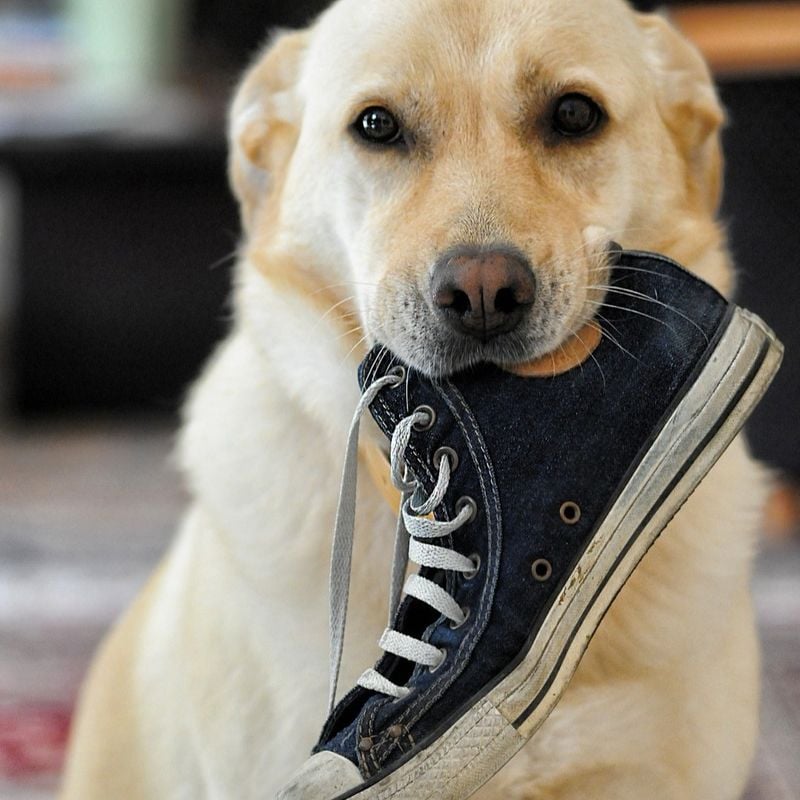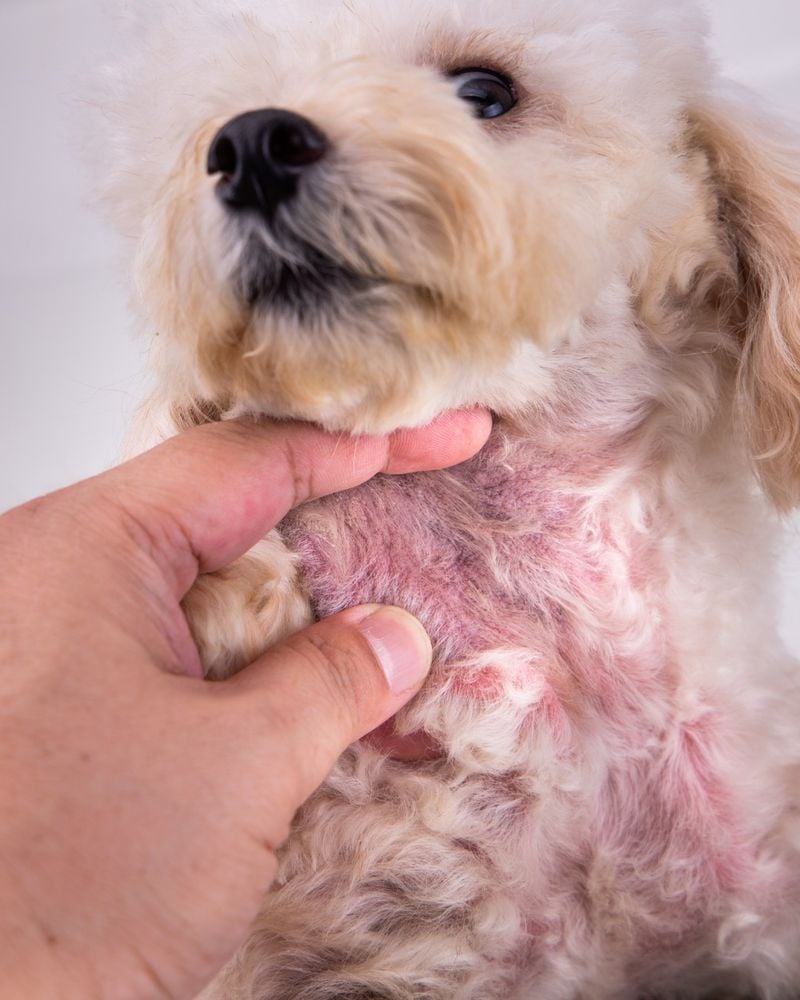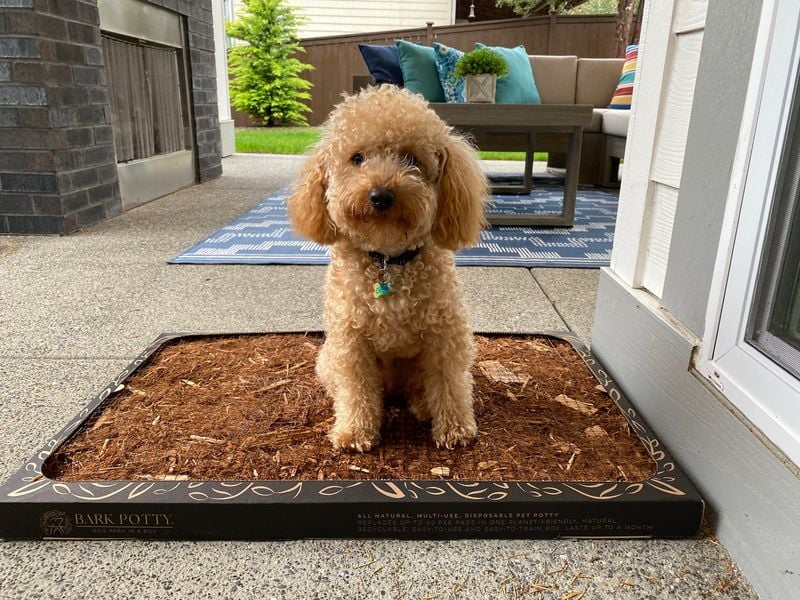12 Warning Signs Your Dog Might Be Feeling Depressed
Dogs are known for their boundless energy, wagging tails, and unshakable loyalty. But what happens when your joyful companion suddenly loses their spark? Just like humans, dogs can experience emotional downturns, and canine depression is far more common (and serious) than many pet parents realize.
You know your dog better than anyone else. Maybe they’re no longer excited by their favorite toy. Maybe they sleep more, eat less, or seem withdrawn. It’s easy to brush off these changes as aging, laziness, or mood swings—but they could be signs your dog is struggling with something deeper.
Canine depression doesn’t always look the way you’d expect. Some dogs become quiet and clingy, others act out with chewing, barking, or sudden accidents indoors. And unlike people, your dog can’t sit you down and say, “I’m not okay.” That’s why you have to learn how to recognize the silent cries for help.
This article dives into the most telling signs that your dog might be depressed, from changes in appetite to excessive licking and even unexpected aggression. These are more than quirky behaviors—they’re emotional distress signals.
The good news? You don’t have to be a vet or a behaviorist to make a difference. With awareness and timely action, many dogs bounce back with love, attention, and the right support.
So if your pup isn’t quite themselves lately, don’t ignore the signs. Understanding what your dog’s behavior is telling you could be the first step toward helping them feel happy and secure again.
Your dog depends on you for more than just food and walks—they count on you to notice when something’s wrong. Let’s explore what those subtle (and not-so-subtle) signs could mean.
1. Loss of Interest in Play
Your once playful pup now ignores their favorite squeaky toys and doesn’t respond to your invitations to play fetch. This sudden disinterest in activities they previously enjoyed is a major red flag for canine depression.
Dogs naturally love to play and explore their environment. When they stop showing enthusiasm for games and toys that used to excite them, something deeper might be going on emotionally. Pay special attention if this behavior change happens abruptly or lasts for more than a few days.
2. Sleeping More Than Usual
Excessive sleeping beyond your dog’s normal patterns often signals emotional distress. While dogs naturally sleep 12-14 hours daily, depressed dogs might snooze for 18+ hours and seem reluctant to get up even for meals or walks.
Morning cuddles no longer wake them up? Afternoon walks don’t excite them? These changes deserve attention. A depressed dog often retreats to sleep as an escape mechanism, similar to how humans might stay in bed during difficult emotional times.
3. Changes in Eating Habits
Food refusal or diminished appetite often reveals your dog’s emotional state before other symptoms appear. A dog who suddenly loses interest in mealtime, especially one who previously attacked their bowl with enthusiasm, may be experiencing depression.
Some depressed dogs might even stop eating entirely or become extremely picky. The opposite can also occur, with some dogs stress-eating or consuming food without their usual enjoyment. Monitor any significant change in eating patterns lasting more than 24 hours.
4. Excessive Licking or Chewing
Stressed or depressed dogs often develop repetitive behaviors as coping mechanisms. Your pet might suddenly start obsessively licking their paws, chewing furniture, or grooming specific body parts until they create bald spots or sores.
These behaviors release endorphins that temporarily make your dog feel better, similar to how some people bite their nails when anxious. The repetitive nature provides comfort in times of emotional distress. Unfortunately, this self-soothing can quickly become destructive and lead to skin infections or property damage if the underlying depression isn’t addressed.
5. Hiding or Avoiding Interaction
Dogs are naturally social creatures who typically enjoy human company. When your normally friendly pup starts hiding under beds, retreating to closets, or avoiding family gatherings, they may be struggling emotionally.
This withdrawal behavior often indicates your dog is feeling vulnerable or overwhelmed. They’re seeking quiet, safe spaces away from stimulation. A depressed dog might even avoid their favorite humans or pet siblings, preferring isolation over interaction.
Notice if your dog leaves room when you enter or seems relieved rather than sad when you stop trying to engage them.
6. Unusual Aggression or Reactivity
A formerly gentle dog who suddenly growls, snaps, or becomes defensive might actually be depressed rather than aggressive. Depression can lower a dog’s tolerance for stress and frustration, making them react negatively to situations they once handled well.
This behavior change often confuses owners who don’t recognize it as a depression symptom. Your dog isn’t becoming “mean”—they’re communicating emotional distress the only way they know how. They might growl when approached during meals or become snappy when children are noisy.
7. Paw Licking and Joint Licking
Beyond general excessive licking, depressed dogs often focus specifically on their paws and joints. This behavior stems from anxiety and can become an obsessive coping mechanism that provides temporary relief from emotional distress.
The repetitive licking releases endorphins—nature’s feel-good chemicals—giving your dog momentary comfort. Unfortunately, this self-soothing technique quickly becomes problematic as constant moisture creates the perfect environment for yeast and bacterial infections.
Pink or rust-colored staining on light-colored fur often indicates chronic licking, a visible sign your dog is struggling emotionally.
8. Decreased Enthusiasm for Walks
Most dogs practically explode with joy at the mention of a walk or the sight of their leash. When your pup suddenly shows indifference to this normally exciting activity, depression might be the culprit.
A depressed dog might hide when you grab the leash or need coaxing to go outside. During walks, they might lag behind instead of eagerly exploring, or seem relieved to return home quickly. This lack of enthusiasm extends beyond simple tiredness or aging.
The natural canine desire to explore territory diminishes when they’re emotionally unwell.
9. Excessive Vocalization or Silence
Significant changes in your dog’s vocal patterns often signal emotional distress. A normally quiet dog who suddenly whines, howls, or barks excessively might be expressing depression or anxiety. Conversely, a typically vocal dog becoming unusually silent can be equally concerning.
These vocalizations aren’t random—they’re your dog’s attempt to communicate their discomfort. The howling might intensify when left alone, indicating separation anxiety alongside depression. Some dogs develop a distinctive, mournful howl that sounds notably different from their normal barking.
10. Destructive Behavior When Left Alone
Coming home to destroyed furniture, chewed shoes, or shredded pillows might indicate your dog is suffering from depression combined with separation anxiety. This destruction isn’t spite or revenge—it’s a stress response to emotional distress.
Depressed dogs often channel their negative emotions into physical activity when nobody’s watching. The behavior provides temporary relief from their feelings. Some dogs target items with their owner’s scent, seeking comfort through proximity to familiar smells.
This destructive behavior typically happens within 30 minutes of being left alone, when anxiety peaks.
11. Excessive Shedding and Poor Coat Condition
Emotional distress often manifests physically in dogs through their coat condition. A depressed dog might suddenly shed excessively, develop a dull, brittle coat, or show dandruff and skin problems even with proper nutrition.
This happens because stress hormones directly impact hair follicles and skin health. Your dog’s once-shiny coat might lose its luster, feel rough to touch, or develop patchy areas. Even regular brushing doesn’t seem to help maintain its former glory.
The connection between mental health and physical appearance is strong in dogs, making coat changes an important warning sign of depression.
12. House Soiling Despite Being Trained
A fully house-trained dog who suddenly starts having accidents indoors might be signaling emotional distress rather than a physical problem. This regression in training often confuses and frustrates owners who don’t recognize it as a depression symptom.
Depression can affect your dog’s ability to maintain normal routines and self-control. They might not have the emotional energy to hold it until outside or to signal their needs. Some depressed dogs even seem to forget their training entirely.
Before assuming this is behavioral defiance, consider whether your dog shows other signs of depression.

